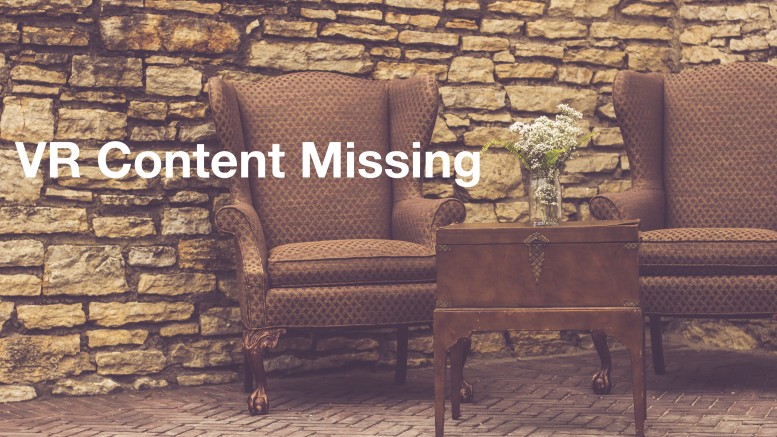There is currently a gap between where the emerging VR content is being targeted at and where the paying customers are projected to grow. Majority of the content and experiences are being targeted to existing gamers who are predominantly millennial and some adults. The market that is not being pursued currently is the average senior market. This segment of consumers is being pursued by a large number of consumer offerings although not in the tech space. This varies from non-medical home care franchises (Top franchise businesses in the last two years and still growing) to travel agencies that tailor specific offerings via travel packages and cruises.
Just a few years back, it was unreal for me to think that my parents will be on facebook and looking up their grand kids videos on their new ipads. It is probably unrealistic to imagine a senior wearing a DK2 headgear for immersive experiences at this point or even in the next few years. Most games if any are being monetized in the mobile area for this market segment. One can also argue that the average senior may not be comfortable or up to speed with new services offerings from virtual reality and video sharing services.
This is however the segment of the population that is responsible for nearly half the consumer expenditure in US. This segment of the population is projected to grow to 76 million according to some estimates. Lets not forget that the AARP membership brochures start showing up in your mailbox by the time you turn 50.
One issue that has been talked about quite a bit for this market segment in recent years is coping with memory loss and finding niche ways to train your brain’s processing power and flexibility. Mayo clinic writes that the top activity to improve your memory is to stay mentally active. Just as physical activity helps keep the body in shape, mentally stimulating activities help keep your brain in shape — and might keep memory loss at bay. The site recommends seniors to do crossword puzzles, read a section of the newspaper that they normally skip. Take alternate routes when driving. Learn to play a musical instrument.
Findings from a study published last year by Journal of American Geriatrics society point at some of the benefits of using games design to improve memory. Researchers found four weeks of video game training improved brain plasticity, the brain’s ability to change functionally over time, in older adults. They saw improvements in multitasking abilities and had brain wave activity similar to that of younger people. Two months later, a separate study found brain-training computer games might improve balance in seniors after only 10 weeks. One 2012 study found playing the popular game World of Warcraft gave seniors improvements in brain areas that control for spatial ability, memory and attention. Brain game company Lumosity that was a new entity not that long ago generated $24Million in 2012 and is believed to have over 50 million users across the globe.
Market adjacencies and partnerships can be pretty appealing as companies look to attract this consumer segment by creating experiences targeted for them. One can clearly imagine virtual reality content offerings by travel agencies and cruise companies that provide an immersive experience of the trip to entice this market. The other platform where this consumer segment can experience VR once hardware becomes less complex is the market for designed games that improve memory and flexibility. There is bound to be new offerings from Lumosity. One can also imagine some of the in-home health care franchises to augment their service offerings by providing VR based experiences when they engage with their customers.
The good news is at that at the academics research level, there is already some work being done in this area. Stanford University engineering students have created a technology called SUSIE. The project lets seniors experience virtual outdoors. A trip to Bali — and the bike ride — actually took place within the confines of the Avenidas senior center in Palo Alto.
Perhaps none of the current consumer offerings for VR such as Hulu’s VR app, Gear VR or the google cardboard based experience is going to make it to this year’s black Friday list or the next for this segment of population, but it is only a matter of time for the economics to play out in order to provide value to these consumers as well as the content producers.
Reaction to VR Experiences from folks!

Be the first to comment on "Missing Virtual Reality Experience"